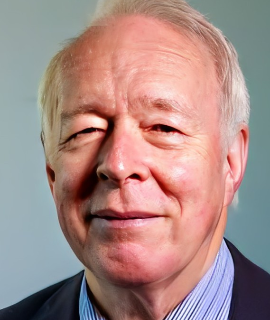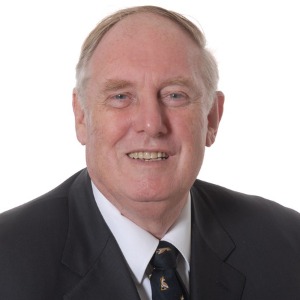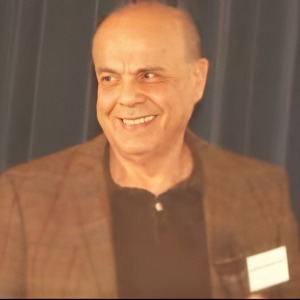Temporomandibular Joint Disorder
Temporomandibular joint disorder (TMD) is a common condition associated with pain and discomfort in the jaw area. It affects the jaw joint and the muscles that move the jaw and face, especially when opening and closing the mouth. TMD is associated with a variety of symptoms including facial pain, tinnitus, difficulty speaking, headache, and localized tenderness of the jaw muscles. The exact cause of TMD is unknown; however, there are a number of factors that are thought to contribute. These include biomechanical factors such as dysfunction of the jaw joint, excessive clenching or grinding of the teeth, poor dental occlusion, and psychological factors such as anxiety or stress. TMD is divided into two general categories: myofascial pain and disc displacement disorders. Myofascial pain is the most common form of TMD and is caused by overuse or spasm of the jaw muscles. Disc displacement disorders are caused by an irritation of the temporomandibular joint and can be caused by trauma, inflammation, or arthritis of the joint. Both of these disorders can lead to a chronic, recurrent state of pain and dysfunction. Treatment of TMD depends on the individual patient’s condition and will vary. In mild cases, treatment may involve lifestyle changes such as stress management, relaxation techniques, or avoiding hard or chewy foods. In more severe cases, a dentist or doctor may recommend medications, physical therapy, orthodontic treatment, splint therapy, or surgery. Overall, TMD is a common condition affecting many people; however, it can be effectively treated with the right approach. With early diagnosis and intervention, TMD can be managed and chronic symptoms can be avoided. Dentists and doctors can work together with the patient to determine the best treatment options and help improve the patient’s quality of life.

David Geoffrey Gillam
Queen Mary University of London, United Kingdom
Christopher Turner
Spacemark Dental, United Kingdom




Title : Evaluating hygienist follow up for head and neck oncology patients in secondary care: Results from a two cycle audit
Peter Basta, Newcastle Dental Hospital, United Kingdom
Title : Atypical facial pain unravelled
Christopher Turner, Spacemark Dental, United Kingdom
Title : New treatment of temporomandibular disorder through muscle balance and muscle regeneration by activation of quiescent muscle stem cells( satellite cells) with mitochondrial dynamics
Ki Ji Lee, National Reserach Foundation & Busan Medical University, Korea, Republic of
Title : Cutaneous, Cranial, skeletal and dental defects in patients with Goltz syndrome
Ali Al Kaissi, National Ilizarov Medical Research Center for Traumatology and Orthopaedics, Russian Federation
Title : The nature and management of dental erosion in patients with bulimia nervosa
Maya Fahy, The Royal Victoria, School of Dentistry, United Kingdom
Title : A systematic review on the early detection of oral cancer using artificial intelligence and electronic tongue technology
Maryam, Kardan Dental Clinic, Iran (Islamic Republic of)